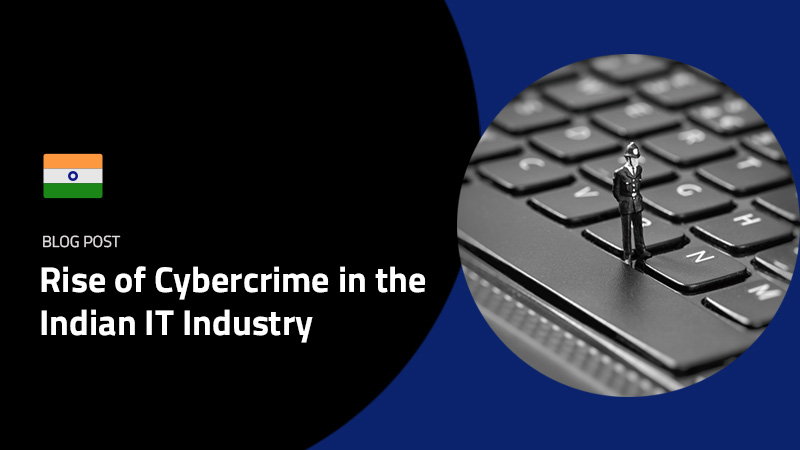Now’s the time to reconsider monitoring your employees.
In an ever-connected world, there are more and more ways for workers to wreak digital hell upon themselves and their employers.
Click on a phishing link? You may have just opened up corporate networks to malicious actors. Download an unauthorized app? Your internal network may be corrupted right now. And then there are the rare but destructive workers who steal secrets, or fabricate accounts or other data to try to get ahead.
Workers are only human, and letting down digital defenses is mostly not malicious. But hacks and attacks can cost a company dearly, both in terms of money and data. Not to mention the time it takes to repair the damage.
That’s why companies need employee monitoring software. Companies need to protect themselves from hacking attacks, corporate espionage and internal sabotage from their own employees. Doing this ensures the company stays in business, keeping much-needed jobs and continuing to contribute to the economy.
Take a few recent examples from the news.
Bank Employees Creating Fake Accounts
In New York, the head of Wells Fargo was forced to step down after it emerged bank employees made up sham accounts to meet sales goals.
The banking giant faces $185 million in penalties and fines after it was found workers fabricated accounts and transferred funds without customers’ knowledge. Regulators first began looking into the issue in 2013, but observers said the problem had existed long before that.
The bank created as many as 2 million unauthorized bank and credit card accounts over five years. Former bank workers told The New York Times they had raised concerns as far back as 11 years ago.
The workers were said to be under tremendous pressure to meet unrealistic or even impossible sales goals. Observers said the bank was happy to look the other way and not question how workers were able to open so many accounts.
The reaction to the fake account story “has been withering and unrelenting,” the Times reported, with Wells Fargo “under fire from irate customers, regulators, lawmakers and former employees.”
A Reuters blog said this could have been prevented if the workers had been monitored.
“With technology surveillance capabilities now widespread across the industry, it would seem that many compliance functions need to focus on individuals who might be exhibiting stress and facing a high bar when it comes to performance objectives.”
— Reuters’ Financial Regulatory Forum
Heads in the clouds
A recent survey of Britain’s National Health Service Trusts showed almost half of them don’t monitor their employees’ cloud app usage. That’s partly because half of the trusts believe unsanctioned apps are already blocked. But are they? That apparently remains in question.
Netskope, the company that did the survey, said that if the trusts aren’t monitoring app usage because they think they’re already protected, “there is a serious risk of sensitive data getting uploaded and shared via cloud apps without IT’s permission,” ITProPortal.com reported.
A director at Netskope said the NHS has “a concerning lack of awareness” of potential security threats from the cloud.
“… NHS Trusts will need to ensure the correct security controls are in place in order to remain vigilant to the possible threats posed by cloud apps and take proactive measures to secure data in the cloud.”
— Jonathan Mepsted, Netskope UK managing director
How to stay safe
Employee monitoring software is a good way to help avoid these problems.
Software like KnowIT can be installed on all company devices. It can track:
- Which apps and websites your employees use
- Which files are downloaded or uploaded files
- All emails and messages received and sent
To learn more about KnowIT click here.
How do you make sure your employees know about cybersecurity?
Tell us in the comments section below!






